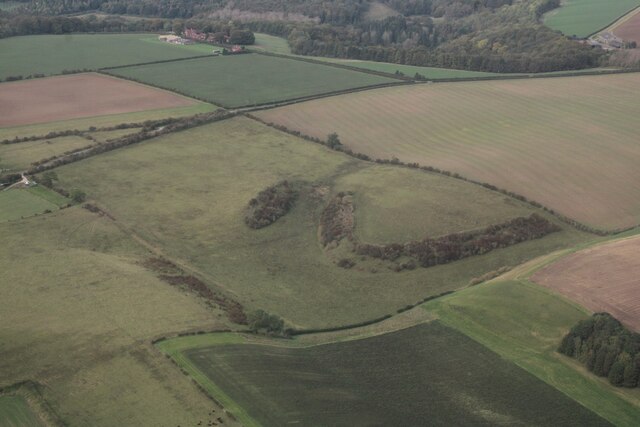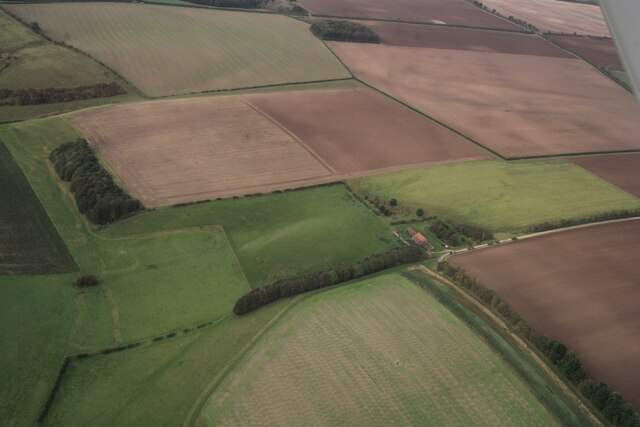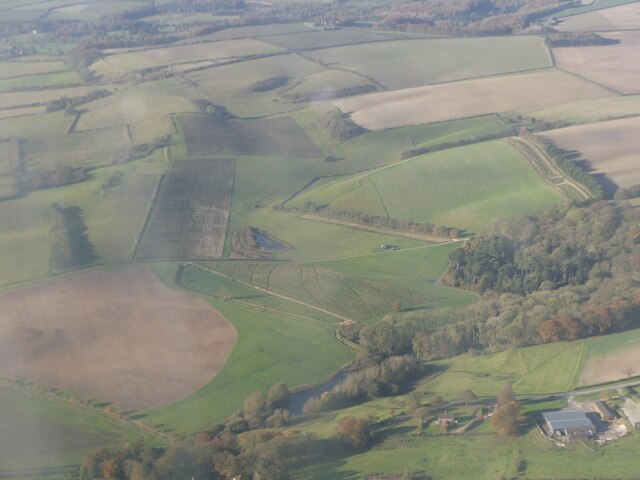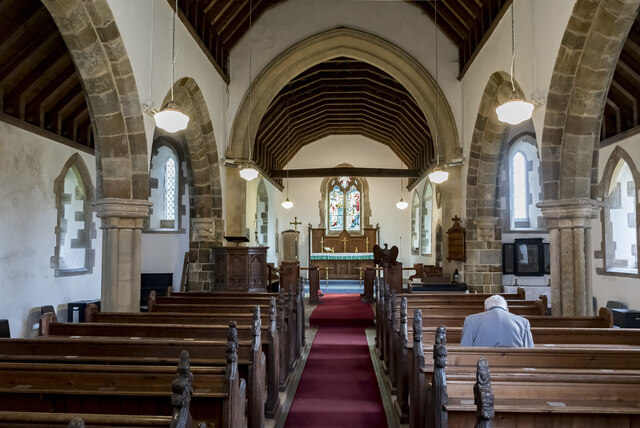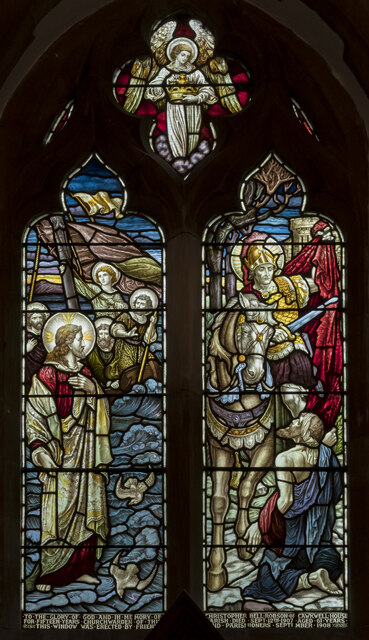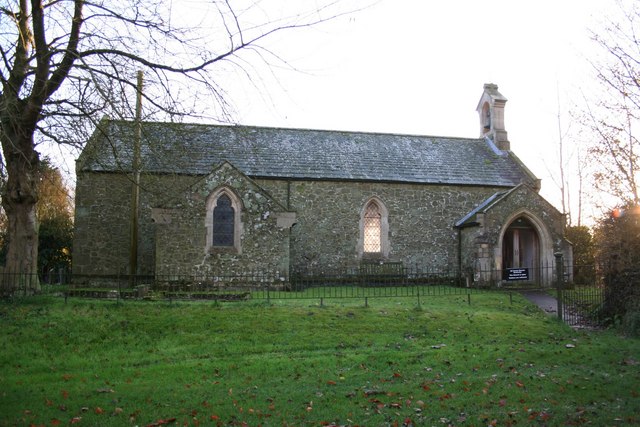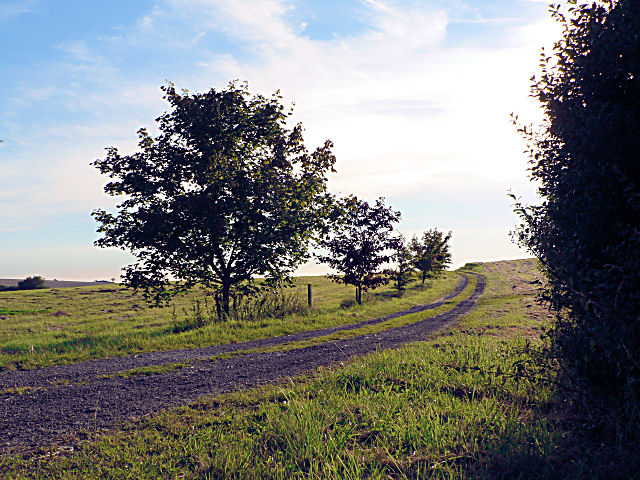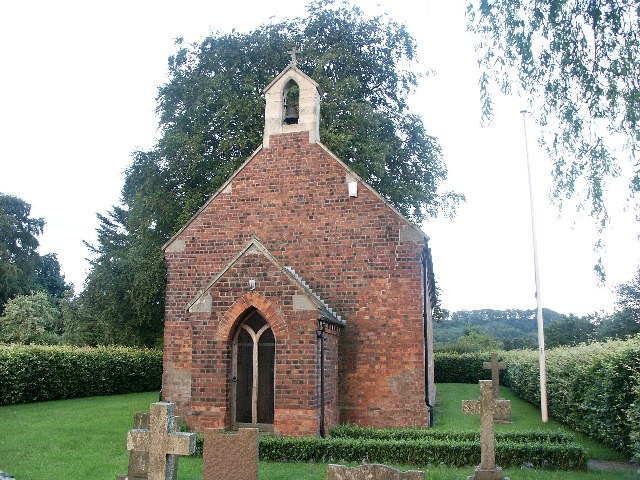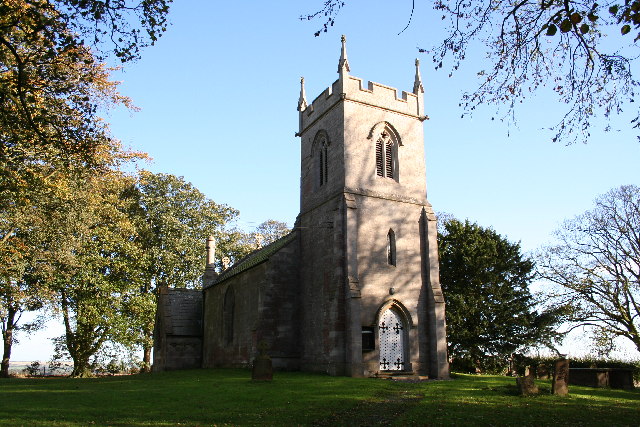Asterby
Civil Parish in Lincolnshire East Lindsey
England
Asterby
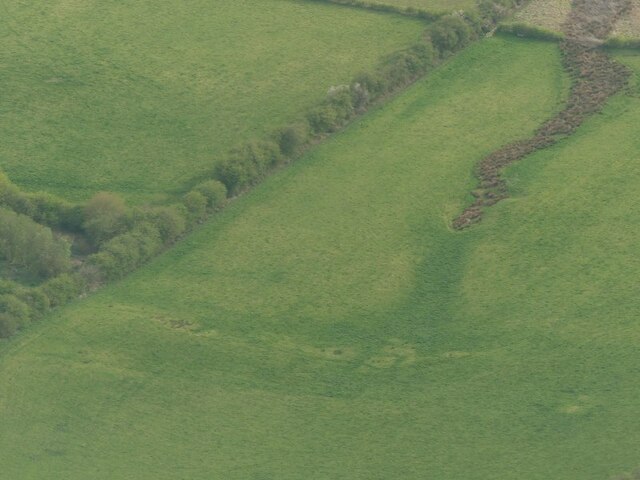
Asterby is a civil parish located in the East Lindsey district of Lincolnshire, England. Situated approximately 6 miles northeast of Horncastle, the village is nestled amidst the picturesque Lincolnshire Wolds, an Area of Outstanding Natural Beauty.
With a population of around 100 residents, Asterby is a small and tight-knit community. The village is predominantly rural, characterized by charming cottages, open fields, and rolling hills. The surrounding countryside offers breathtaking views, making it a popular destination for walkers, cyclists, and nature enthusiasts.
Asterby's history dates back to medieval times, with evidence of settlements and agricultural activity. Today, the village retains its rural charm, with a mix of traditional and modern homes. The prominent St Peter's Church, constructed in the 13th century and restored in the 19th century, stands as a testament to Asterby's historical significance.
Although Asterby does not have any shops or amenities, it benefits from its proximity to nearby towns and villages such as Horncastle, which offers a range of services and facilities. The village's peaceful environment is a major draw for those seeking a tranquil lifestyle away from the hustle and bustle of larger urban areas.
Asterby's community spirit is evident through its active village hall, which hosts various social events and gatherings throughout the year. Residents also enjoy participating in local sports clubs and societies, fostering a strong sense of community cohesion.
In summary, Asterby is a charming rural village in Lincolnshire, offering a tranquil lifestyle amidst the beautiful Lincolnshire Wolds. With its rich history and picturesque setting, it is a place that captures the hearts of both residents and visitors alike.
If you have any feedback on the listing, please let us know in the comments section below.
Asterby Images
Images are sourced within 2km of 53.291536/-0.105604 or Grid Reference TF2678. Thanks to Geograph Open Source API. All images are credited.

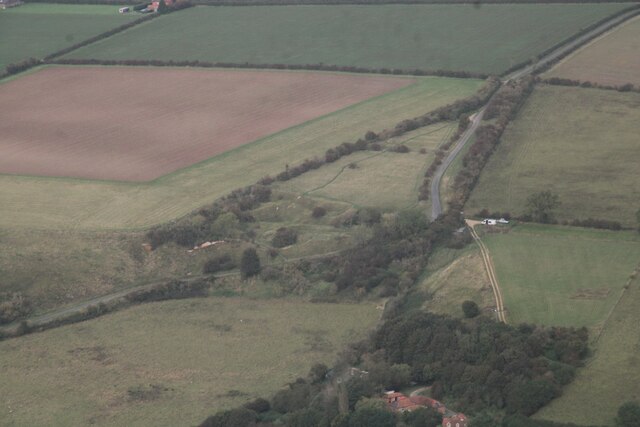
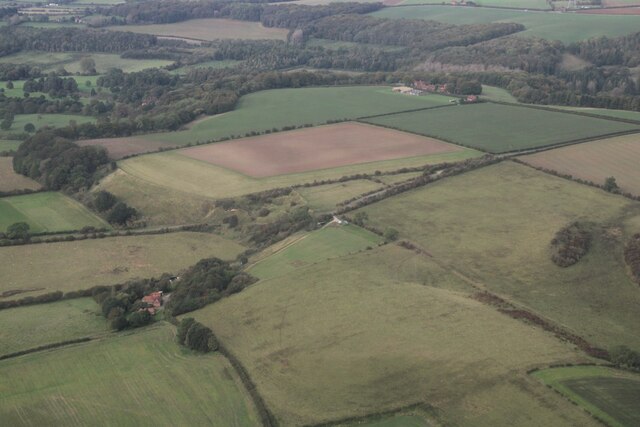
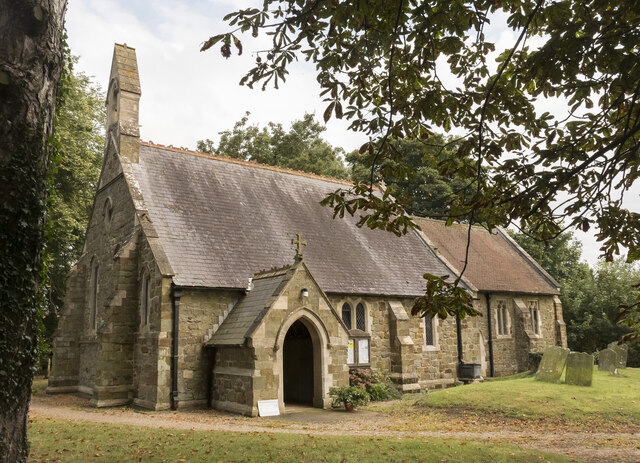
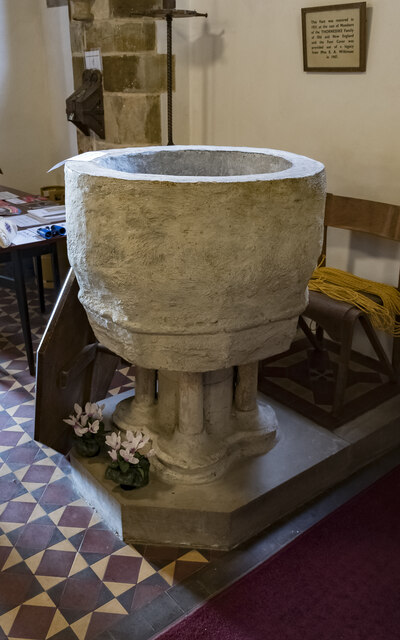
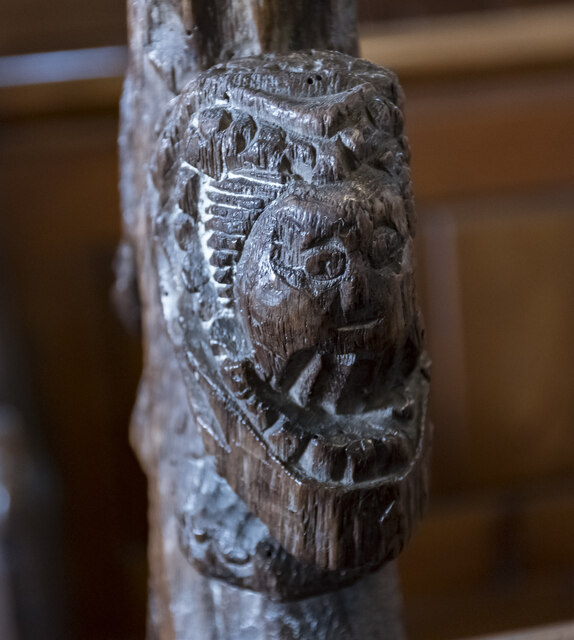
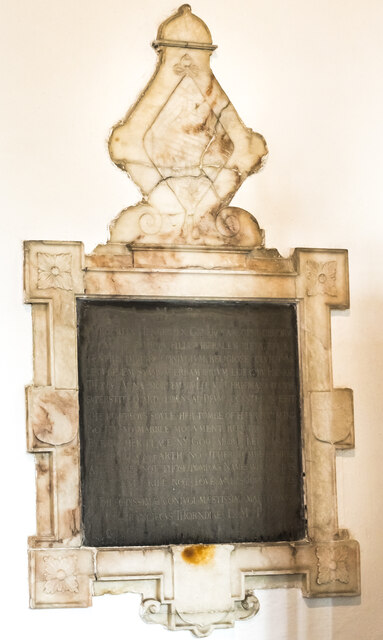
Asterby is located at Grid Ref: TF2678 (Lat: 53.291536, Lng: -0.105604)
Administrative County: Lincolnshire
District: East Lindsey
Police Authority: Lincolnshire
What 3 Words
///processor.dads.goes. Near Horncastle, Lincolnshire
Nearby Locations
Related Wikis
Asterby
Asterby is a hamlet between Goulceby and Scamblesby, west of Louth, in the East Lindsey district of Lincolnshire, England. The civil parish of Asterby...
Goulceby
Goulceby ( GOLSS-bee) is a village and civil parish in the East Lindsey district of Lincolnshire, England. It is situated 7 miles (11 km) south-west from...
Scamblesby
Scamblesby is a village and civil parish in the East Lindsey district from Lincolnshire, England. It is situated 6 miles (10 km) south-west from Louth...
Cawkwell
Cawkwell is a hamlet and former civil parish, now in the parish of Scamblesby, in the East Lindsey district of Lincolnshire, England. It is situated approximately...
Stenigot
Stenigot is a village in the East Lindsey district of Lincolnshire, England. It is in the Lincolnshire Wolds, a designated Area of Outstanding Natural...
Ranby, Lincolnshire
Ranby is a village and civil parish in the East Lindsey district of Lincolnshire, England. It is situated about 6 miles (10 km) north-west from the market...
Cadwell Park
Cadwell Park is a motor racing circuit in Lincolnshire, England, 5 mi (8.0 km) south of Louth, owned and operated by MotorSport Vision, a business associated...
Juicetrump Hill
Juicetrump Hill is a hill around half a mile north of Belchford and 4.5 miles north-east of Horncastle in Lincolnshire, UK within the Lincolnshire Wolds...
Nearby Amenities
Located within 500m of 53.291536,-0.105604Have you been to Asterby?
Leave your review of Asterby below (or comments, questions and feedback).



